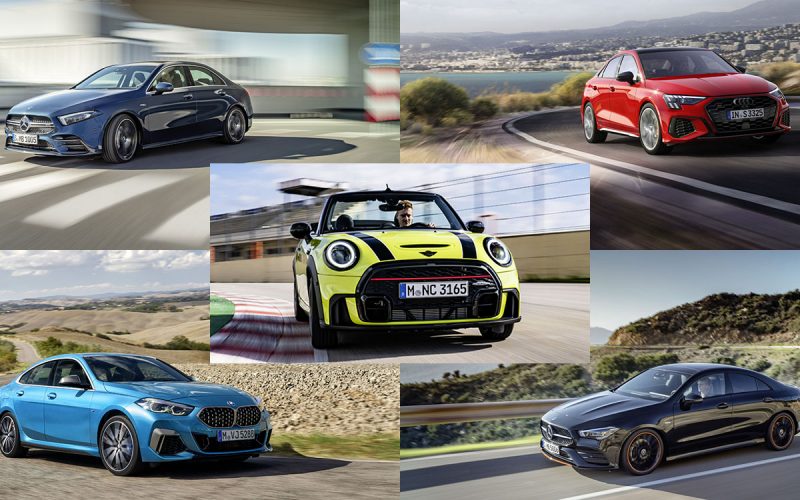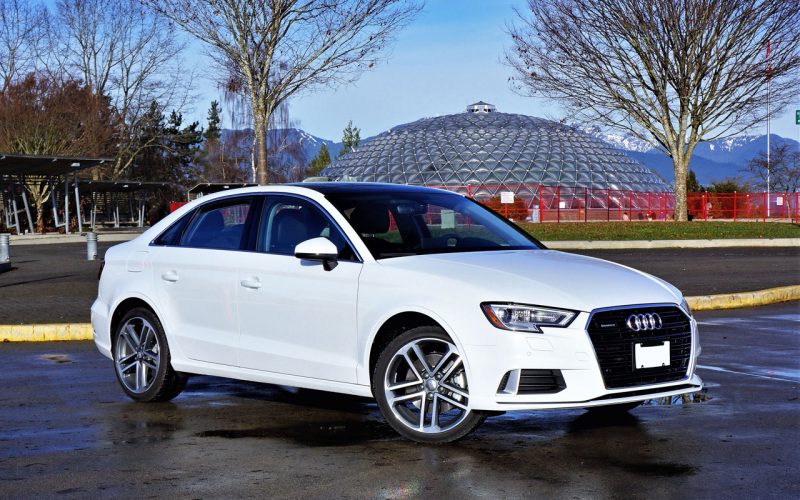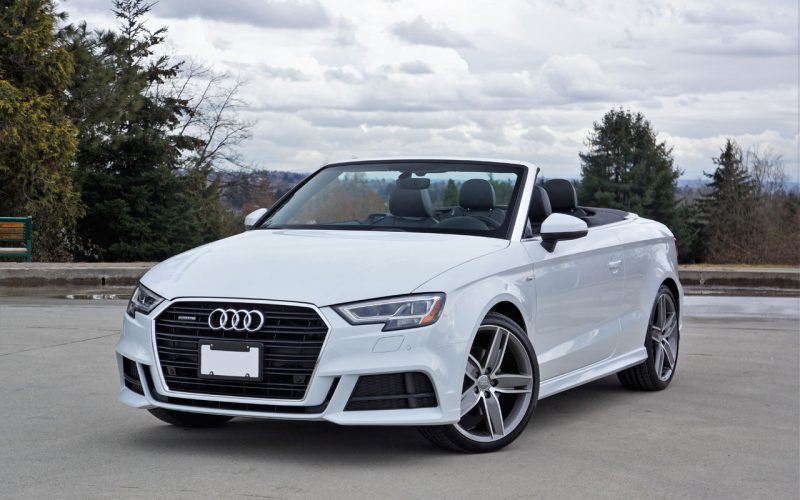
Reading Time: 22 minutesSmall luxury sedans and hatchbacks aren’t selling as well as they once did, but some brands

Reading Time: 11 minutesIn a market that’s constantly talking big about SUVs and simultaneously downplaying the popularity of traditional

Reading Time: 7 minutesYou know you want it. Spring is here and summer is just around the corner (or
© 2025 The Car Magazine. All Rights Reserved, Privacy Policy | Terms of Use